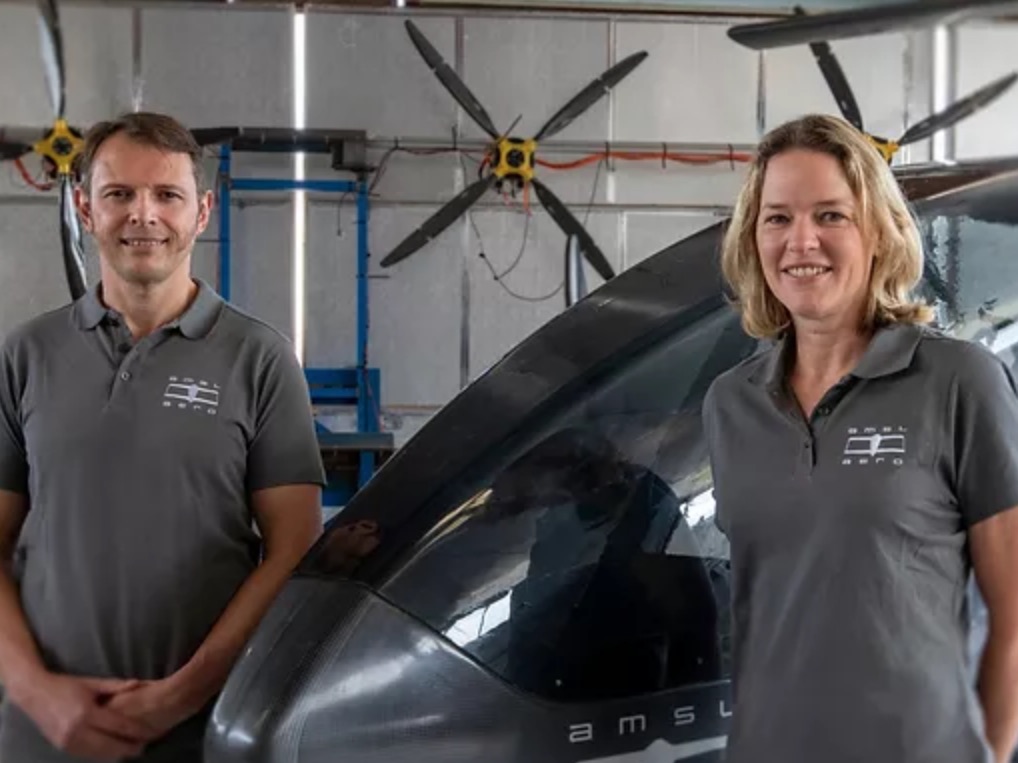Summary
Ampol will conduct a pre-front end engineering design (Pre-FEED) study for the construction of a renewable fuels facility at the Lytton Refinery in Queensland that will have a minimum capacity of 450 ML per year, known as the Brisbane Renewable Fuels Project.
Need
The hydroprocessed esters and fatty acids (HEFA) production pathway is the most advanced for sustainable aviation fuels (SAF) production with approximately 40 plants operating globally. The CSIRO SAF Roadmap considers the HEFA production pathway to be positively supported due to the use of energy dense intermediates and social acceptance (associated with the use of sustainable feedstocks low in carbon intensity). The CSIRO SAF Roadmap also considers the HEFA production pathway will be the first to produce SAF in Australia compared to alternative pathways.
The BRF Project will significantly enhance renewable fuel supply, making it a crucial benchmark for projecting future demand and pricing trends in the Australian SAF market. ARENA funding will support Pre-FEED study as a critical phase in overall project execution.
Action
The Pre-FEED study involves the following activities:
- Process design packages for the hydrotreated vegetable oil (HVO) unit, hydrogen production unit and feedstock pre-treatment unit,
- HEFA technology licensing,
- Pre-FEED engineering including process flow diagrams, class III cost estimations and major equipment sizing,
- Development work towards regulatory approvals, and
- Independent assessment to support a decision to enter FEED.
If successful, the Brisbane Renewable Fuels Project will have the capacity to produce at least 405 ML (90%) of SAF and at least 45 ML (10%) of renewable diesel (RD) per year by 2029. The renewable fuels will be produced using a mix of tallow, canola and used cooking oil feedstocks through the HEFA production pathway.
Outcome
The project will achieve the following outcomes:
- advancing the technical and commercial readiness of SAF technologies in Australia by assessing the feasibility of the HEFA production pathway for domestic SAF production;
- advancing the opportunity for SAF and RD manufacturing in Australia;
- delivering insights through Knowledge Sharing, including:
- views on the accessibility and sustainability of HEFA feedstocks such as canola, used cooking oil and tallow; and
- building industry capacity by demonstrating how novel cropping could support future scaling of HEFA based feedstocks




